
OR
Strategic symbolism of Mt. Everest’s new height
Published On: December 11, 2020 07:39 AM NPT By: Swarnim Wagle
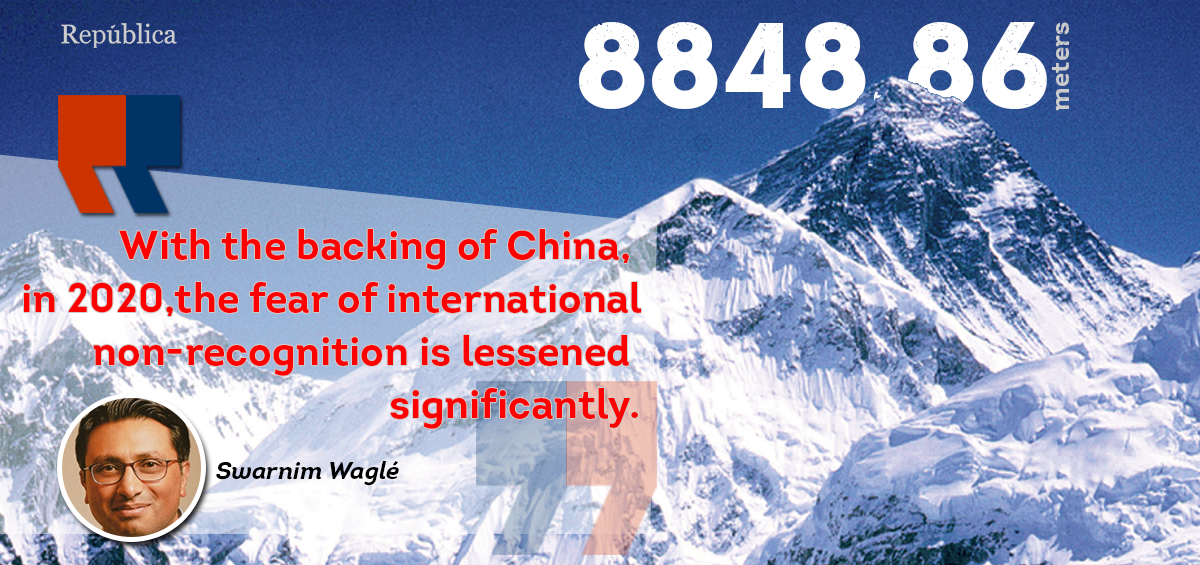
On December 8, 2020, Nepal and China jointly announced the new height of Mt. Everest to be 8848.86 meters (29031.7 feet). This is 86 centimeters higher than previously calculated. The joint announcement has strategic significance which can be understood against the backdrop of three geo-political-economic developments.
New-found confidence as a global power
Mt. Everest’s most broadly recognized height (8,848 meters) was first ascertained by the Survey of India in the early 1950s. There have been several efforts by Italy, China, US to re-measure the height, but the original pronouncement remains etched in both popular and scientific writings. The new height jointly announced by Nepal and China will likely dislodge the old figure because it is a ‘jointly owned’ number by the two relevant stakeholders, but it is also backed by China, a rising global power of the 21st century. This is significant because Mt. Everest owes its name to Sir George Everest, a former Surveyor General of India (1830-1843) who had nothing to do the measurement of then known Peak XV. Sir George was honored by the Royal Geographic Society in 1865 when Great Britain was the preeminent global power of the 19th century. Local Asian stakeholders had no say. With the backing of China, in 2020, the fear of international non-recognition is lessened significantly, something that could not have been said for China of 1950 or even 2000.
Contrast in cooperation with powerful neighbors
For much of 2020, Nepal has been locked into an unpleasant border dispute with India around the triangular stretch of Kalapani, Lipulekh and Limpiyadhura in its northwest frontier adjoining China. While the relationship is being normalized with several high-profile visits in recent weeks, it is unlikely this dispute will be settled soon. China, too, has had a long border dispute and war with India. In contrast, Nepal and China have resolved their border concerns amicably and through dialogues. The most famous exchange is between Mao Zedong and BP Koirala, Nepal’s first democratically elected Prime Minister who in 1960 pointedly debated with Chairman Mao as equals, and claimed Mt. Everest was Nepal’s. It was negotiated to be a shared peak subsequently.
Shift in the global economic center of gravity
According to Prof. Danny Quah, Dean of the Lee Kuan Yew School of Public Policy in Singapore, in 1980, the global economy’s center of gravity was in the mid-Atlantic. By 2008, from the continuing rise of China and the rest of East Asia, that center of gravity drifted to a location east of Helsinki and Bucharest. Extrapolating growth in almost 700 locations across earth, it is projected that the world’s economic center of gravity will shift from its 1980 location 9,300 km or 1.5 times the radius of the planet by 2050. Observed from earth’s surface, that economic center of gravity will lie close to Nepal, between India and China. For symbolism, the peak of Mt. Everest could very well be the new center of economic gravity in the 21st century. This restores Asia’s preeminence in the world as a political-economic force, carried by 60% of the world’s population, whose relative decline between 1820 and 2020 will probably come to be seen as a historical aberration.
Waglé is Chair, Institute for Integrated Development Studies (IIDS), Kathmandu
You May Like This

Has Sagarmatha’s height increased? Nepal and China to reveal the newly-measured height today
This the first time the government has measured the height of Sagarmatha on its own ... Read More...
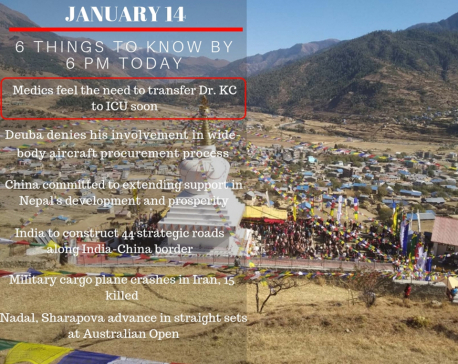
Jan 14: 6 things to know by 6 PM today
Your daily dose of missed important news of the day. ... Read More...
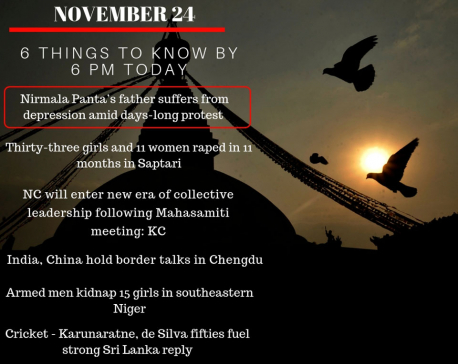
Nov 24: 6 things to know by 6 PM today
Your daily dose of missed important news of the day. ... Read More...

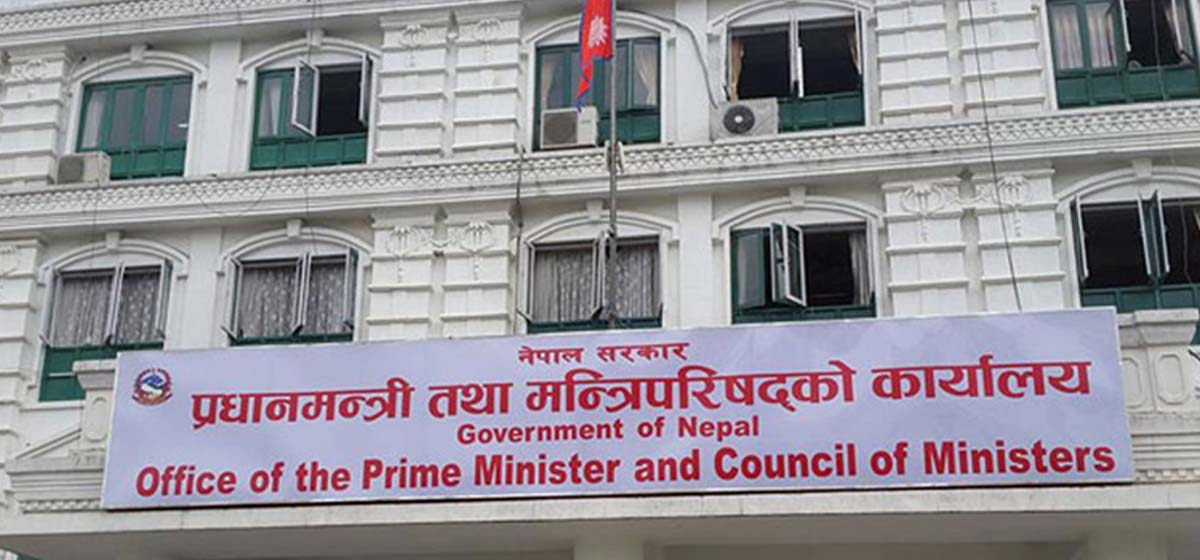
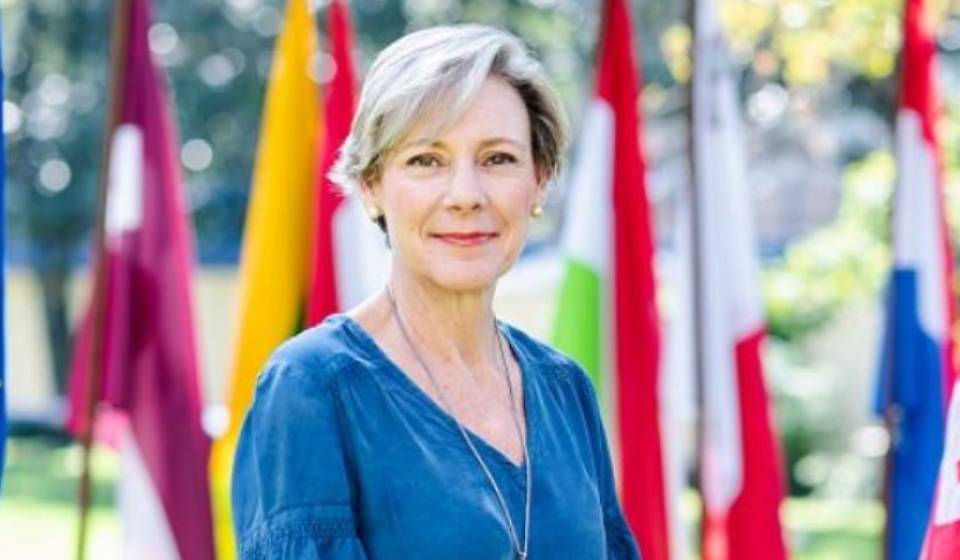
-1200x560_20240510154715.jpg)
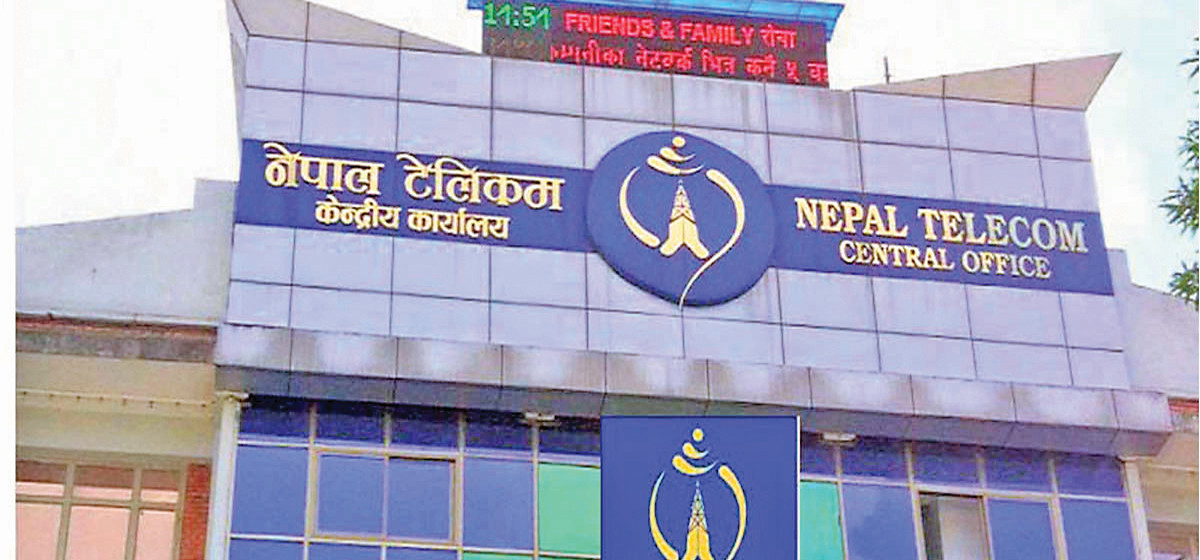
Just In
- Two arrested with Rs 9.8 million of hundi cash after car chase by police from Singha Durbar
- Patan High Court upholds district court’s order, refuses to release four people arrested in connection with cryptocurrency case
- EU to help Nepal bring investment
- Newly-appointed Koshi CM Karki to seek vote of confidence on May 13
- NC continues protest, next HoR meeting scheduled for May 14
- Province Chief Khapung summons budget session
- 74 individuals fined for illegal yarsagumba collection in Jumla
- Kathmandu to face power outages in selected areas for distribution line upgrades



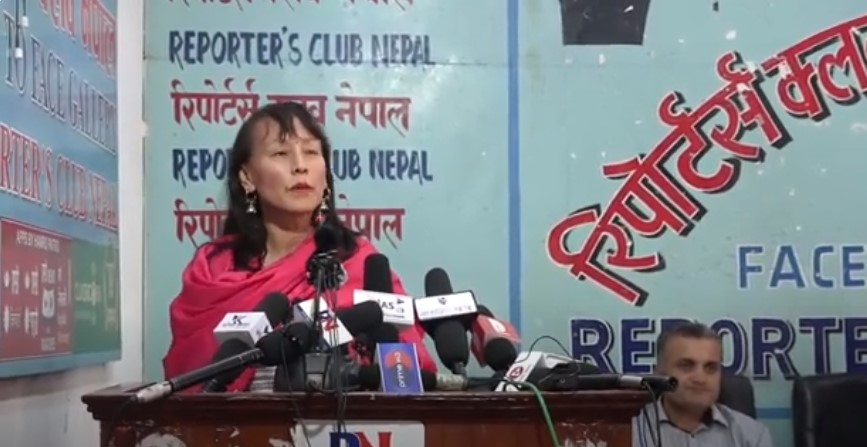

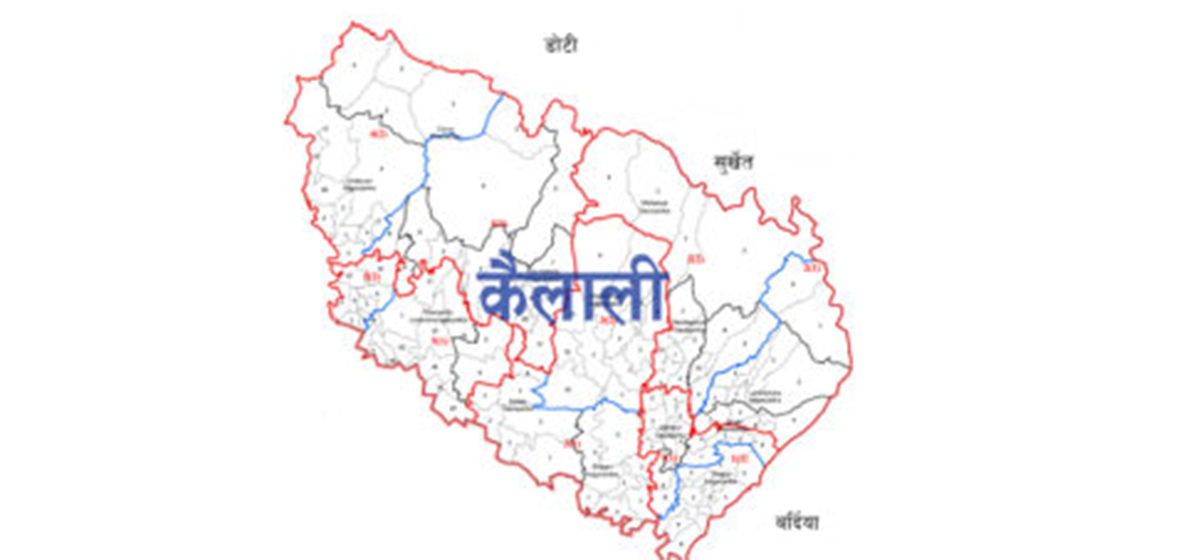

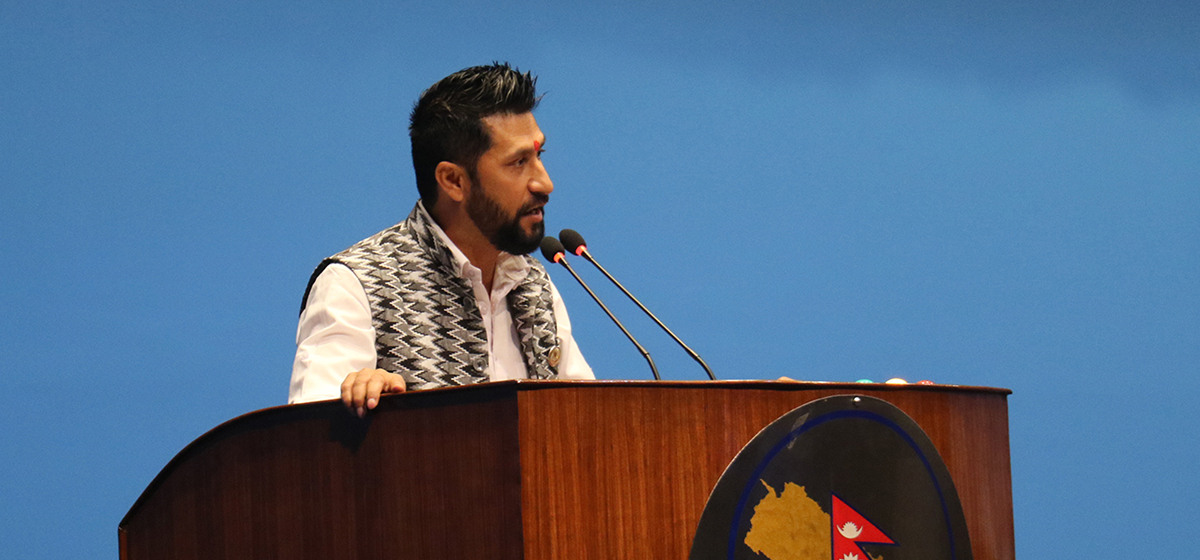

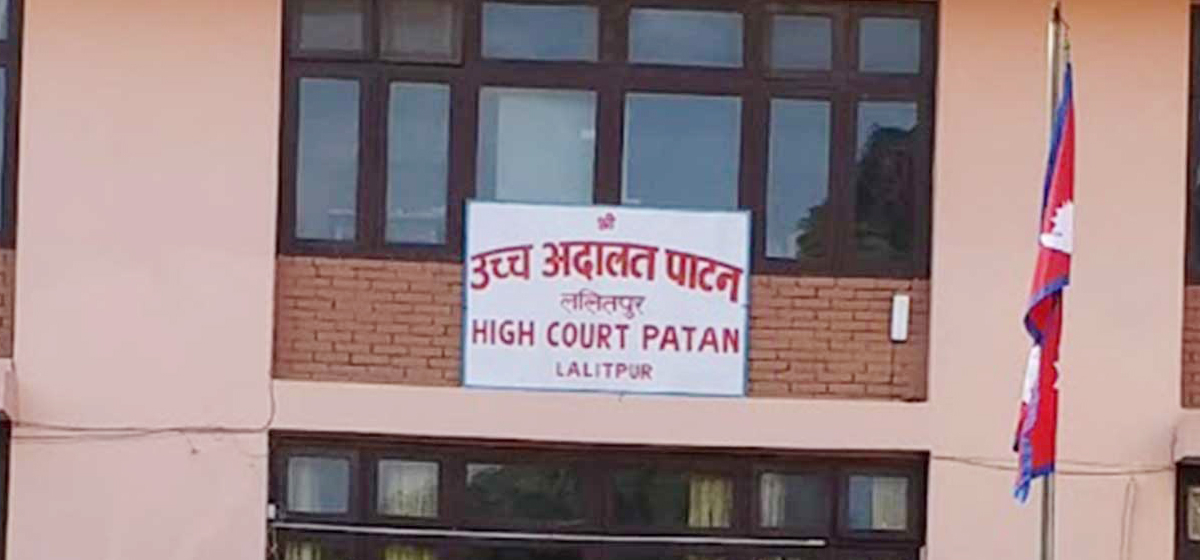
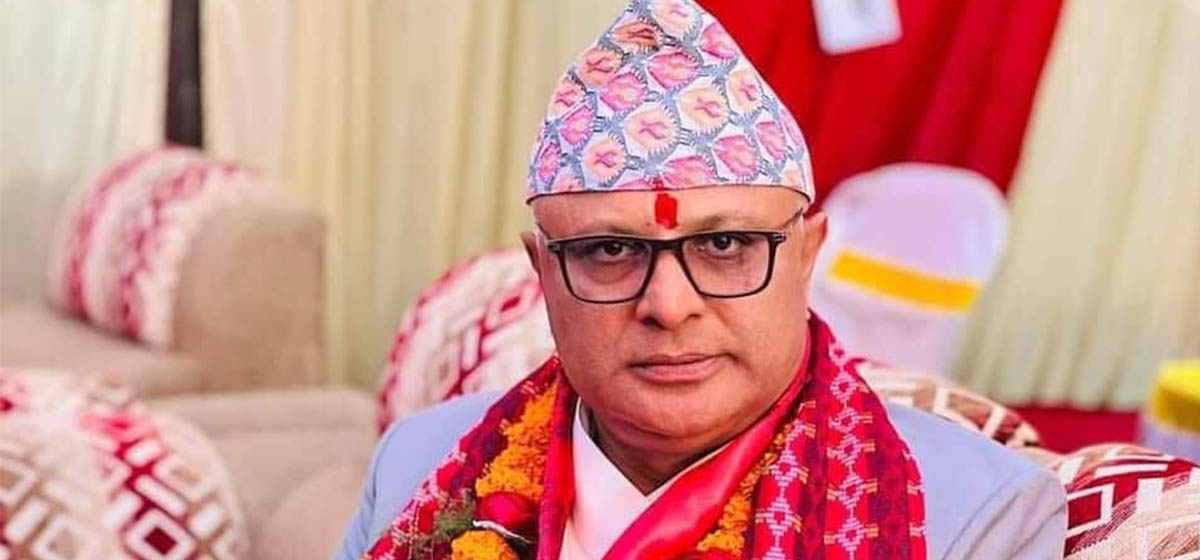
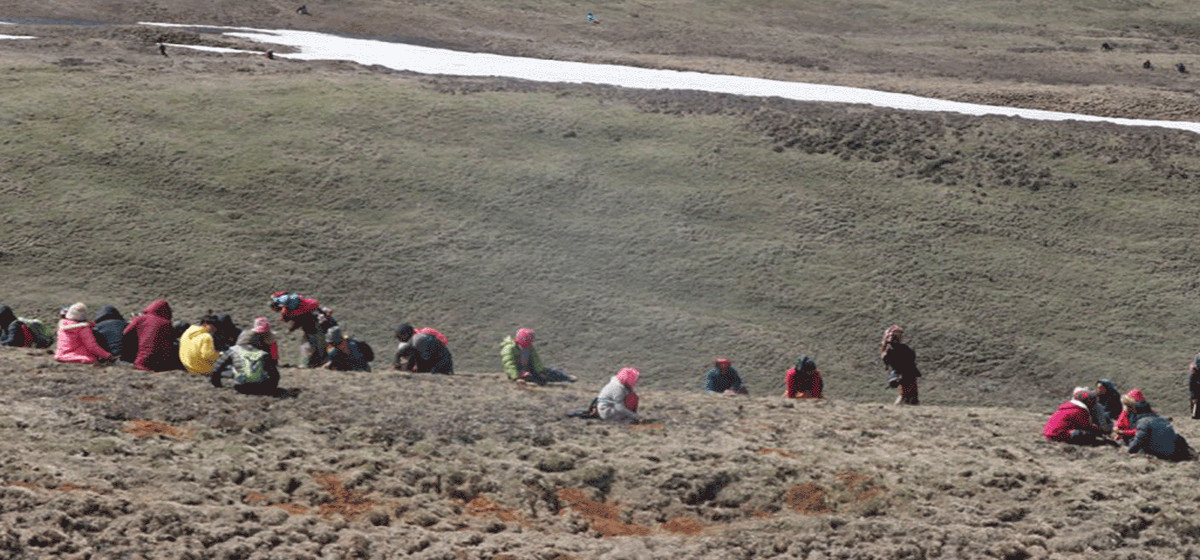

_20240510173253.jpeg)
Leave A Comment